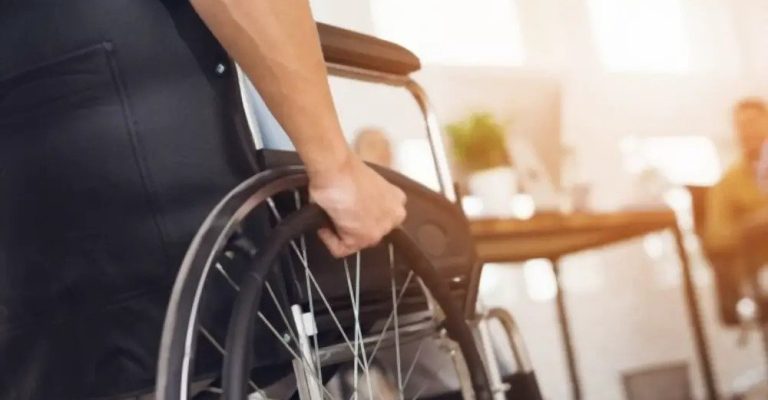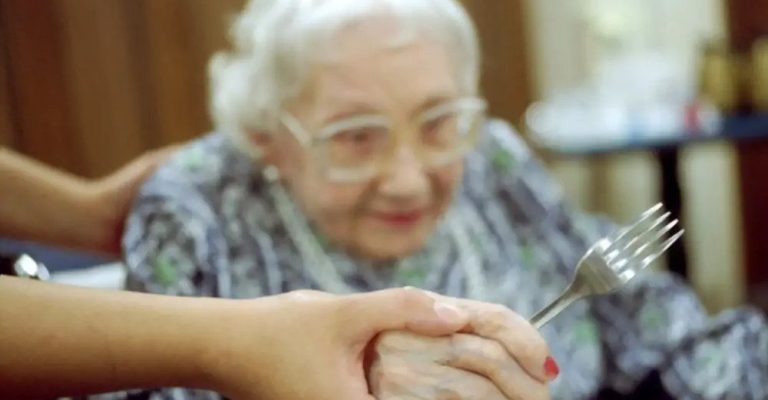
Life can often feel like a never-ending battle for those with spinal cord injuries. Every day presents unique challenges, and although medical advancements have allowed for greater quality of life, there is still much to be done to make the lives of these individuals easier. Thankfully, in recent years, great strides have been made in developing assistive devices specifically designed to help those who suffer from a spinal cord injury; today, we’re looking at some of the most revolutionary and innovative tools.
Adaptive equipment may help some people with spinal cord injuries more than others since each person’s damage is unique. Paralysis of both the upper and lower extremities is known as quadriplegia. Nevertheless, the level and nature of one’s spinal cord damage may significantly impact one’s ability to function among those with quadriplegia.
A person with a C8 SCI could use their arms usually but have trouble using their hands, whereas a person with a C5 SCI might only be able to raise their shoulders. It’s also important to note that some people with quadriplegia retain some control over their damaged limbs, while others may be immobile.
Those with trouble using their hands and wrists would benefit significantly from the following aids. Your occupational therapist is an excellent resource for learning new skills and finding new ways to cope with paralysis. So, without further delay, here are some assistive devices that may make a difference in the day-to-day lives of people with quadriplegia.

The Plate Guard is a simple yet handy device that can be attached to a plate to prevent food from spilling off the sides. This feature is beneficial for individuals with limited hand and arm functions.
Moreover, the Plate Guard has a higher lip on one side, making it possible for an individual to scoop food with a fork or spoon without fear of food spilling off the plate. This adaptive device is perfect for people with an unpredictable and involuntary movements, allowing them to eat safely and comfortably.
This affordable device can be easily purchased online or through medical supply stores. More importantly, it is a dishwasher and microwave-safe device, making it easy to clean and reuse. Furthermore, the Plate Guard is not only useful for individuals with spinal cord injury or paralysis but also for people with tremors or arthritis that make it difficult to steady their hands while eating.
Leg lifter aids are special assistive devices designed to help individuals with spinal cord injuries, quadriplegia, or paralysis to move their legs. These devices can help with activities such as getting in and out of bed, transferring from a wheelchair, or getting in and out of a car.
One of the primary benefits of leg lifters is that they help to reduce the strain on the user’s upper body, which can be particularly beneficial for individuals with limited upper body strength. These devices also provide a level of independence, allowing individuals with mobility impairments greater control over their daily activities.
Leg lifters come in various designs and styles, including those that are attached to a bed or wheelchair, as well as those that are portable and can be used on the go. Many devices are also adjustable, allowing users to customize the height and angle to fit their unique needs.
In addition to helping with mobility, leg lifters can also help to improve circulation, reduce swelling, and prevent muscle atrophy. These benefits can be particularly important for individuals seated or stationary for long periods.
Spinal Cord disabilities like quadriplegia or paralysis can severely impair the functioning of the hands, making completing simple tasks, such as holding a pen, grasping a cup, or manipulating various objects, challenging and sometimes impossible. This is where Universal Cuff Aid can be of great benefit in restoring the independence and confidence of the individual.
The Universal Cuff Aid is a versatile, adaptable, and customizable device that can be attached to the hand, wrist, or forearm. It can be easily adjusted to fit the individual’s hand size and grip strength, providing a secure and comfortable fit. The Universal Cuff Aid is also designed to support various objects, such as pens, pencils, toothbrushes, forks, spoons, and even keys.
This assistive device can potentially improve the quality of life of individuals with disabilities by providing them with a level of independence and freedom they may have lost. By using the Universal Cuff Aid, individuals with spinal cord injuries, quadriplegia, or paralysis can regain control over their hands, allowing them to engage in daily tasks such as writing, grooming, and feeding themselves.
For individuals with spinal cord injuries, quadriplegia, or paralysis, a doorknob extender enables them to open and close doors independently, providing increased privacy and mobility. Without such a device, those individuals may have to rely on others to help them perform simple tasks like opening a door, which can be time-consuming and embarrassing in certain situations.
It is easy to install, which can be done without needing specialized skills or tools. Typically, it only requires a simple snap-on mechanism, meaning the individual can easily set it up independently without professional help or installation fees.
Another benefit of using a doorknob extender is safety. Some individuals with spinal cord injuries, quadriplegia, or paralysis may have limited hand movement and strength, making it difficult for them to turn standard doorknobs. Using a doorknob extender, they can effortlessly turn the knob and open the door without any risk of injury or discomfort.
Transfer Bench Aids support individuals with lower body paralysis or weakness by allowing them to maintain a seated position while safely transferring into and out of the bathtub or shower. They accommodate those with limited upper body strength, eliminating the need to lift or twist the body, which can lead to further injury.
The best thing about Transfer Bench Aids is their adjustable seat height, which accommodates varying levels of mobility. They also typically come equipped with safety handles and non-slip surfaces, ensuring users have a secure grip and stable footing during transfers.
The use of Transfer Bench Aids can significantly reduce instances of falls, which can be a devastating consequence for individuals with spinal cord injury or paralysis. Falls can lead to fractures, serious injuries, and even death. Therefore, having a stable and safe transfer bench is crucial in minimizing the risk of falls and injuries.

Adapted utensils’ impact on individuals with spinal cord injury, quadriplegia, or paralysis cannot be overemphasized. These specially designed utensils enable users to easily grasp, hold and manipulate food, owing to their unique shape and ergonomic design.
The handles are larger, wider and have a soft, non-slip grip that makes them more comfortable to use over long durations. In addition, some of these specialized utensils feature angled and adjustable handles, which allow individuals to reach their mouths with greater ease and provide a comfortable hand position that reduces the likelihood of wrist strains and other related injuries.
Adapted utensils are also helpful in maintaining optimal nutrition levels for individuals with disabilities who may experience difficulty maintaining their health. Eating regularly and maintaining a healthy diet helps to improve overall health and aids in the healing and recovery process for individuals with spinal cord injuries and other related conditions. Additionally, they promote independence by decreasing the need for assistance with feeding, which can cause embarrassment and even depression for some sufferers.
By enabling individuals to feed themselves, adapted utensils allow sufferers to feel empowered and diminish the anxiety and frustration they may experience while relying on others for dependant care. Indeed, the use of adaptive utensils empowers individuals to live their lives with dignity and promotes better social and emotional well-being.
Wheelchair aids come in many different forms, from manual and power chairs to standing and tilt-in-space models. Some of these models are also designed to cater to the user’s specific needs, such as those who need to travel over rough terrain or navigate tight spaces. In addition, the various design options allow individuals with spinal cord injuries to choose the wheelchair aid best suits their lifestyle.
The benefits of using a wheelchair aid for spinal cord injury patients are numerous. It allows for greater independence in daily activities such as shopping, cooking, and cleaning. It also facilitates a more active lifestyle by enabling participation in sports and other physical activities. Furthermore, it can help prevent the onset of pressure sores and other complications associated with immobility.
Quadriplegics may benefit greatly from aids since it increases their mobility, stability, and sense of autonomy. However, they are helpful in many situations but must be used cautiously. Patients with some range of motion in the upper extremities after damage to the spinal cord should work to strengthen the functions compromised by the injury so they can eventually do without assistive devices.